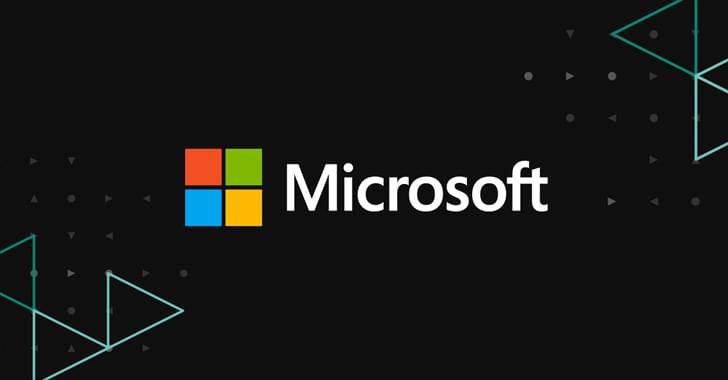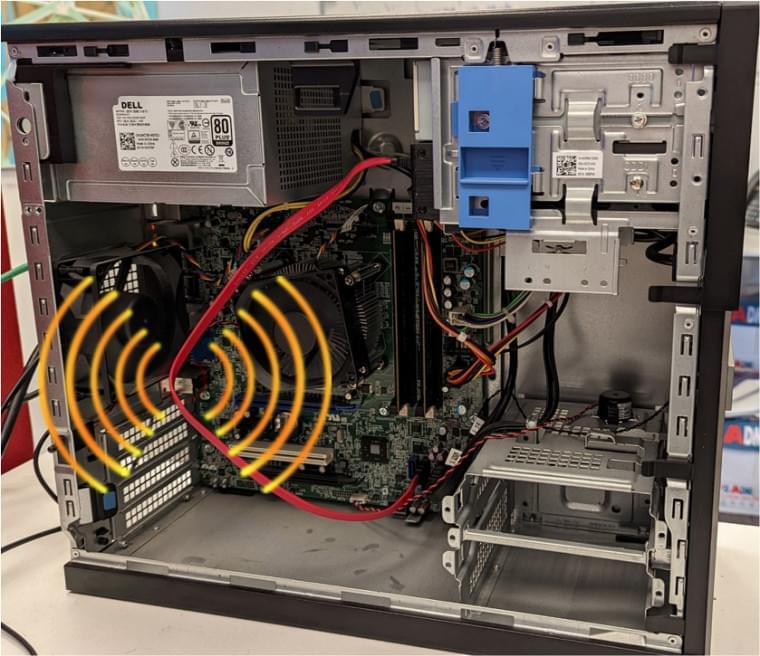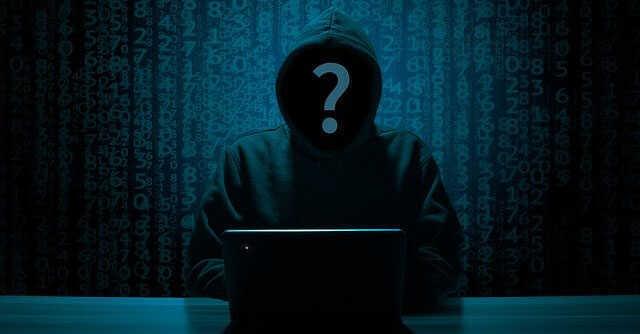A couple of times per year, I take a deep dive on writing about the newly reported cybersecurity statistics and trends that are impacting the digital landscape. Unfortunately, despite global efforts, every subsequent year the numbers get worse and show that we are far from being able to mitigate and contain the numerous cyber-threats targeting both industry and government.
Below is a synopsis with links on some of the recent cyber developments and threats that CISOs need to key a close watch on (and that you need to know) for the remaining part of 2022 and beyond.
While many of the statistics seem dire, there is some positive aspect on the trends side as the cybersecurity community has been taking several initiatives to create both cyber awareness and action. And for those attending the 2022 RSA Conference in San Francisco, hopefully the backdrop of the following statistics and trends from mid-year 2022 can also be useful to analyze and match with product and services roadmaps for cybersecurity.








